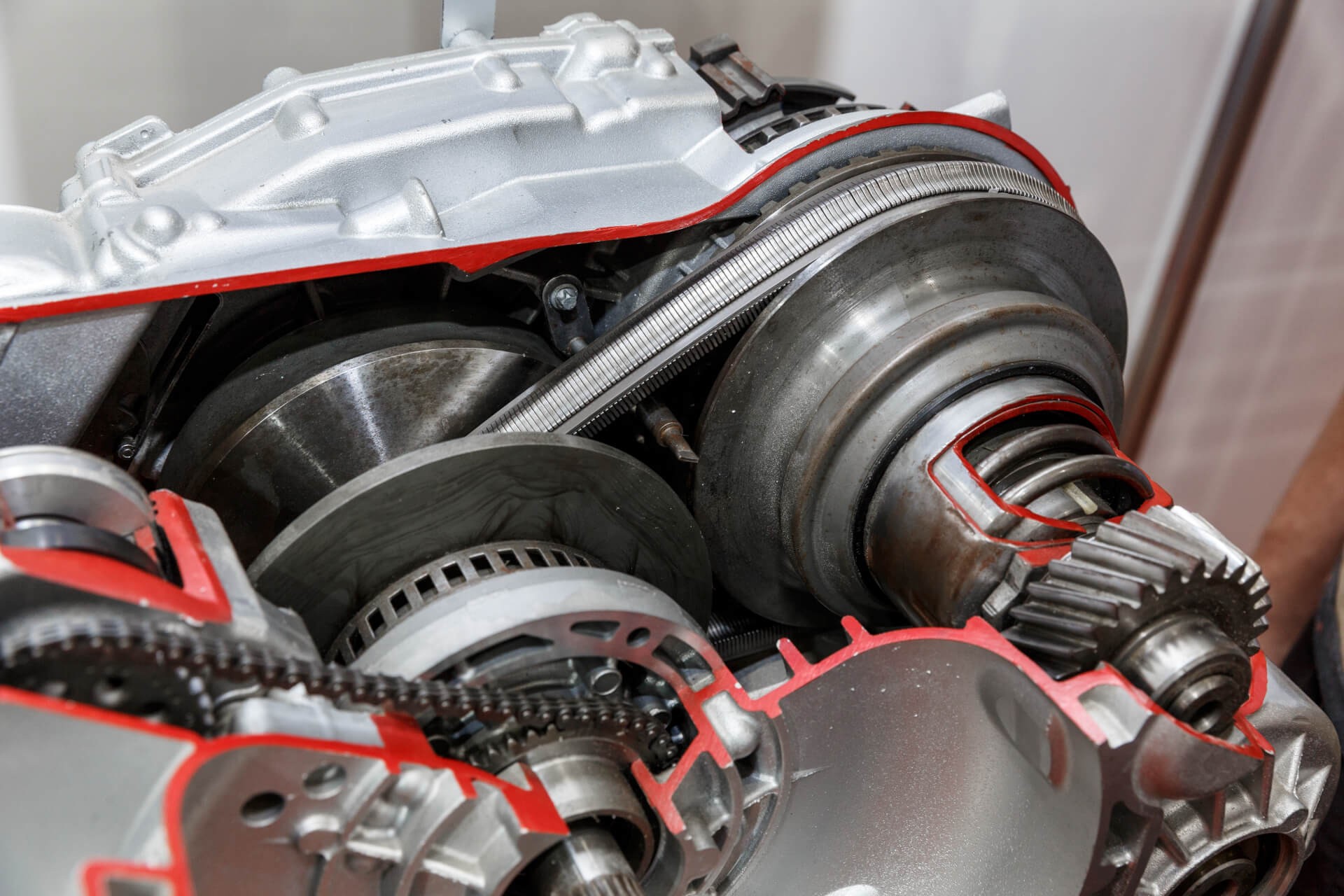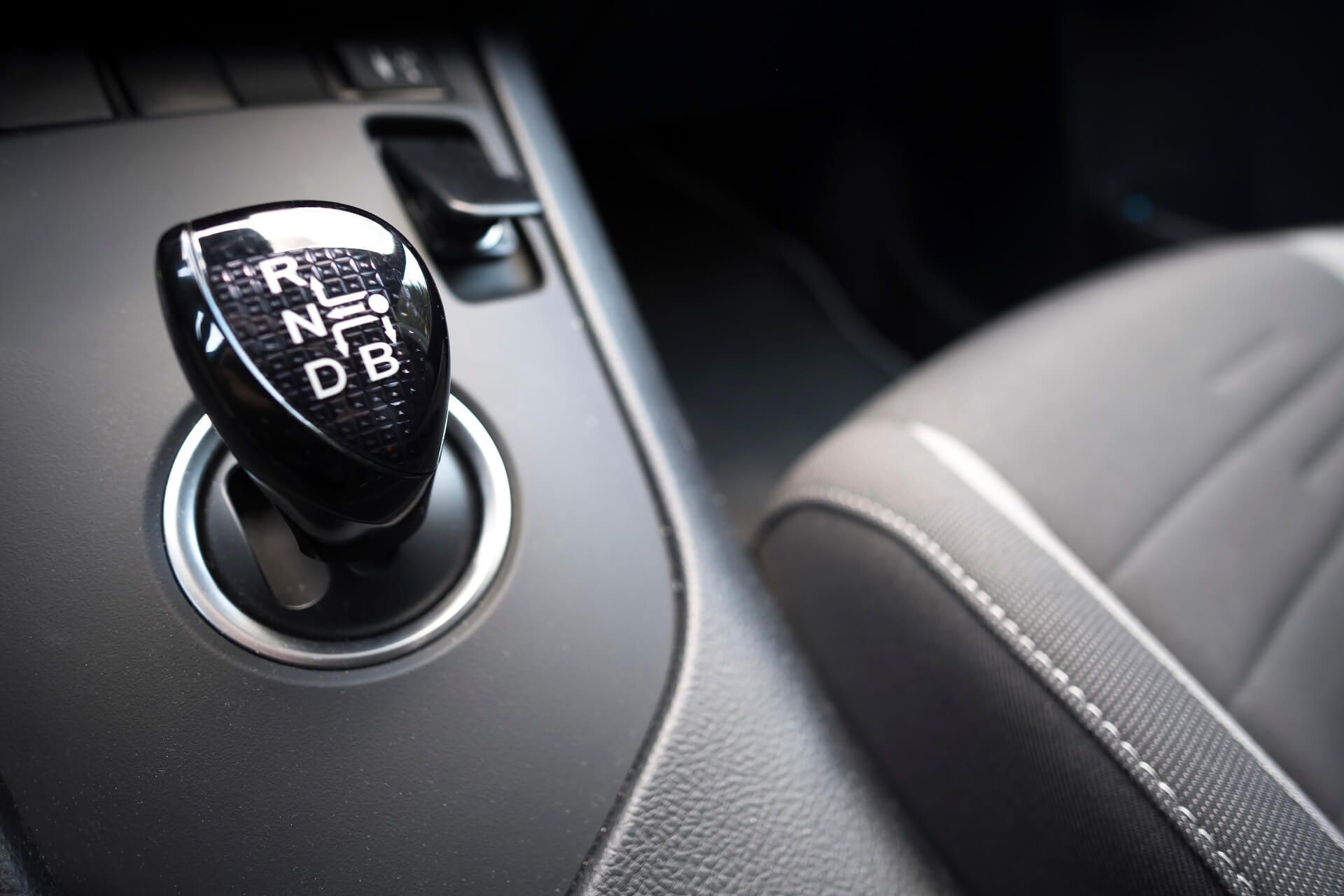Car transmissions significantly shape your driving experience, dictating the smoothness of your ride and overall vehicle performance. While manual and automatic transmissions are commonly discussed, automatic transmissions encompass various types, including Continuously Variable Transmissions, or CVTs.
But what exactly is a CVT gearbox, how does it operate, and should you consider a car equipped with one? Let’s delve into the mechanics of continuously variable transmissions to uncover the answers and help you decide if Cars With Cvt Transmissions are the right fit for your needs.
Understanding CVT Gearboxes
A continuously variable transmission (CVT) is a type of automatic transmission that employs a system of belts, pulleys, or chains to transfer power from the engine to the drivetrain. Unlike conventional automatic transmissions with fixed gears, a CVT offers an infinite range of gear ratios within a specific spectrum. This unique characteristic allows the engine to consistently operate at its most efficient revolutions per minute (RPM) for any given speed and driving condition.
How CVT Transmissions Work: A Deep Dive
The most prevalent type of CVT is pulley-based. This system features a robust metal belt or chain running between two variable-diameter pulleys. Each pulley is constructed with two cone-shaped halves that can move closer together or further apart. One pulley is connected to the engine’s crankshaft, while the other is linked to the wheels, effectively managing the power flow in cars with CVT transmissions.
 The inner workings of CVT gearbox
The inner workings of CVT gearbox
In essence, a pulley-based CVT functions by adjusting the effective diameter of these two pulleys. As you drive your car with CVT transmission, the vehicle’s control system constantly monitors parameters such as engine speed, vehicle speed, and load. Based on this real-time data, the system intelligently adjusts the pulley halves. It moves the sheaves of one pulley closer together and the sheaves of the other pulley further apart.
This adjustment dynamically alters the effective diameter of the pulleys, resulting in a seamless change in the gear ratio. By continuously optimizing the gear ratio, the CVT ensures the engine operates at peak efficiency, maximizing fuel economy and performance in cars with CVT transmissions.
The Driving Sensation of Cars with CVT Transmissions
The fundamental difference in operating principles between continuously variable transmissions and conventional transmissions translates into a distinct driving experience. The absence of fixed gear ratios in CVTs, unlike traditional transmissions with their set number of gears, leads to noticeable differences on the road.
While traditional automatic and manual transmissions can produce noticeable shifts between gears, driving cars with CVT transmissions eliminates these abrupt changes. You’ll experience seamless acceleration without any perceptible shifts or jerks as the CVT smoothly transitions through an infinite spectrum of gear ratios.
This ultra-smooth operation can be perceived in different ways. Some drivers find the CVT experience to be somewhat detached. The minimal engagement and feedback can make the driving feel less connected, as you don’t sense the usual gear changes, and the engine sound can remain constant, sometimes described as a monotonous drone. However, for drivers prioritizing a smooth, effortless, and comfortable driving experience, particularly in daily commutes and urban environments, cars with CVT transmissions offer significant appeal.
Advantages of Choosing Cars with CVT Transmissions
The rising popularity of CVTs is driving more car buyers to consider models equipped with this technology. Cars with CVT gearboxes offer a range of compelling benefits:
 Woman driving an Audi
Woman driving an Audi
Enhanced Fuel Efficiency
Cars with CVT transmissions often exhibit superior fuel economy compared to those with conventional automatic transmissions. This advantage is particularly pronounced in stop-and-go traffic and during steady-speed cruising. The CVT’s ability to precisely optimize engine speed for varying driving conditions ensures the engine consistently operates within its most efficient RPM range, minimizing fuel consumption in cars with CVT transmissions.
Improved Driving Comfort and Experience
The absence of gear shifts in CVTs translates to a remarkably smooth and comfortable driving experience. This is especially advantageous in urban driving, where frequent acceleration and deceleration are common. The seamless power delivery and lack of jarring shifts contribute to a more relaxed and enjoyable ride in cars with CVT transmissions.
Furthermore, CVT transmissions adapt well to diverse driving styles, enhancing the overall driving experience. Whether you prefer spirited acceleration or relaxed cruising, the CVT dynamically adjusts to deliver optimal performance tailored to your driving needs in cars with CVT transmissions.
Compact and Lightweight Design
The lightweight and compact design of CVTs presents another significant advantage. CVTs are generally lighter and more compact than both traditional automatic and manual transmissions. This reduction in overall vehicle weight contributes directly to improved fuel efficiency, as less energy is required to propel a lighter car. Therefore, incorporating a CVT further enhances the fuel economy benefits of cars with CVT transmissions.
Moreover, the compact nature of CVTs allows them to be paired with a wider array of engine sizes and types. This flexibility empowers manufacturers to utilize smaller, more fuel-efficient engines without compromising performance, making CVTs particularly well-suited for hybrid vehicles where seamless powertrain integration is crucial.
Disadvantages of CVT Transmissions in Cars
Despite their numerous advantages, CVT transmissions also have certain drawbacks that potential buyers should consider when evaluating cars with CVT transmissions.
 Gear knob inside a car
Gear knob inside a car
Durability and Reliability Concerns
While CVT technology has advanced significantly, some concerns regarding long-term durability and reliability persist, especially in comparison to established conventional automatic transmissions. Historically, earlier CVT models were sometimes reported to have a shorter lifespan, potentially requiring rebuilds around the 100,000-mile mark.
However, proactive maintenance and responsible driving habits can significantly extend the lifespan of a CVT. Regular fluid changes, ideally more frequently than standard automatic transmissions (around every 50,000 miles or less), are crucial. Proper driving techniques and routine inspections also play a vital role in ensuring the longevity of cars with CVT transmissions.
Higher Potential Repair Costs
Repairing or replacing a CVT can often be more expensive than similar services for conventional automatic transmissions. While the initial cost of a CVT unit might be competitive, replacement parts tend to be pricier.
Furthermore, CVT servicing demands specialized expertise and tools due to its relatively newer and more complex technology compared to traditional transmissions. This specialized nature can contribute to higher labor costs for repairs. In cases of major CVT failure, replacing the entire transmission assembly might be more economically viable than repairing individual components, potentially leading to a substantial repair bill for cars with CVT transmissions.
Noise and “Droning” Sound
While generally known for smoother and quieter operation during gear ratio adjustments, CVTs can produce more noise than some drivers are accustomed to, particularly during acceleration or at higher speeds. This noise is a common point of feedback from drivers of cars with CVT transmissions.
The unique operating characteristic of CVTs, where engine RPM can remain relatively constant during acceleration, is the primary cause of this noise. Typically described as a high-pitched whine or “droning” sound, it can be noticeable and potentially detract from the driving experience for some individuals in cars with CVT transmissions.
Popular Cars Equipped with CVT Transmissions
You can find CVT transmissions in vehicles from numerous major automotive manufacturers, including Toyota, Nissan, Honda, Subaru, Audi, and more. While there isn’t a single, universal reason for manufacturers to adopt continuously variable transmissions, the increasing trend is evident, and the popularity of CVTs is projected to continue growing as the technology matures.
 A silver Audi in an underground garage
A silver Audi in an underground garage
Here are some popular car models that may feature a CVT transmission (note that for models offering multiple engine options, not all may be paired with a CVT):
- Audi: A4, A5, A6, A7
- Buick: Encore GX
- Chevrolet: Spark, Malibu, Trailblazer, Volt
- Ford: Escape Hybrid, Fiesta, Maverick
- Honda: Accord, Accord Hybrid, Civic, CR-V, CR-Z, Insight
- Hyundai: Accent, Elantra, Kona, Venue
- Infiniti: QX50, QX60
- Kia: Forte, Picanto, Seltos, Soul
- Lexus: ES, LC, LS, LM, NX, RX, TX, UX
- Mitsubishi: Colt, Eclipse Cross, Mirage, Outlander
- Nissan: Altima, Juke, Maxima, Murano, Rogue, Qashqai, Sentra, Versa
- Subaru: Ascent, Crosstrek, Forester, Impreza, Legacy, Outback, WRX
- Toyota: Avalon Hybrid, Avensis, Corolla, Prius, RAV4, Sienna, Venza, Yaris
Are Cars with CVT Transmissions Right for You?
Opinions on cars with CVT gearboxes are varied. Some advise against them, while others champion their benefits. Ultimately, CVTs, like all technologies, present a mix of advantages and disadvantages. The crucial question is whether a CVT gearbox aligns with your individual driving habits, priorities, and needs.
If you value a highly engaging driving experience and prefer direct control over gear selection, a CVT might not be your ideal choice. However, if you prioritize smooth, effortless driving, particularly in urban environments, and appreciate enhanced fuel efficiency, you’ll likely find driving a car with a CVT gearbox to be a satisfying experience.
The best way to determine if cars with CVT transmissions are suitable for you is to test drive models equipped with this technology. Experiencing the CVT firsthand will allow you to assess whether its driving characteristics and performance align with your preferences and requirements.
